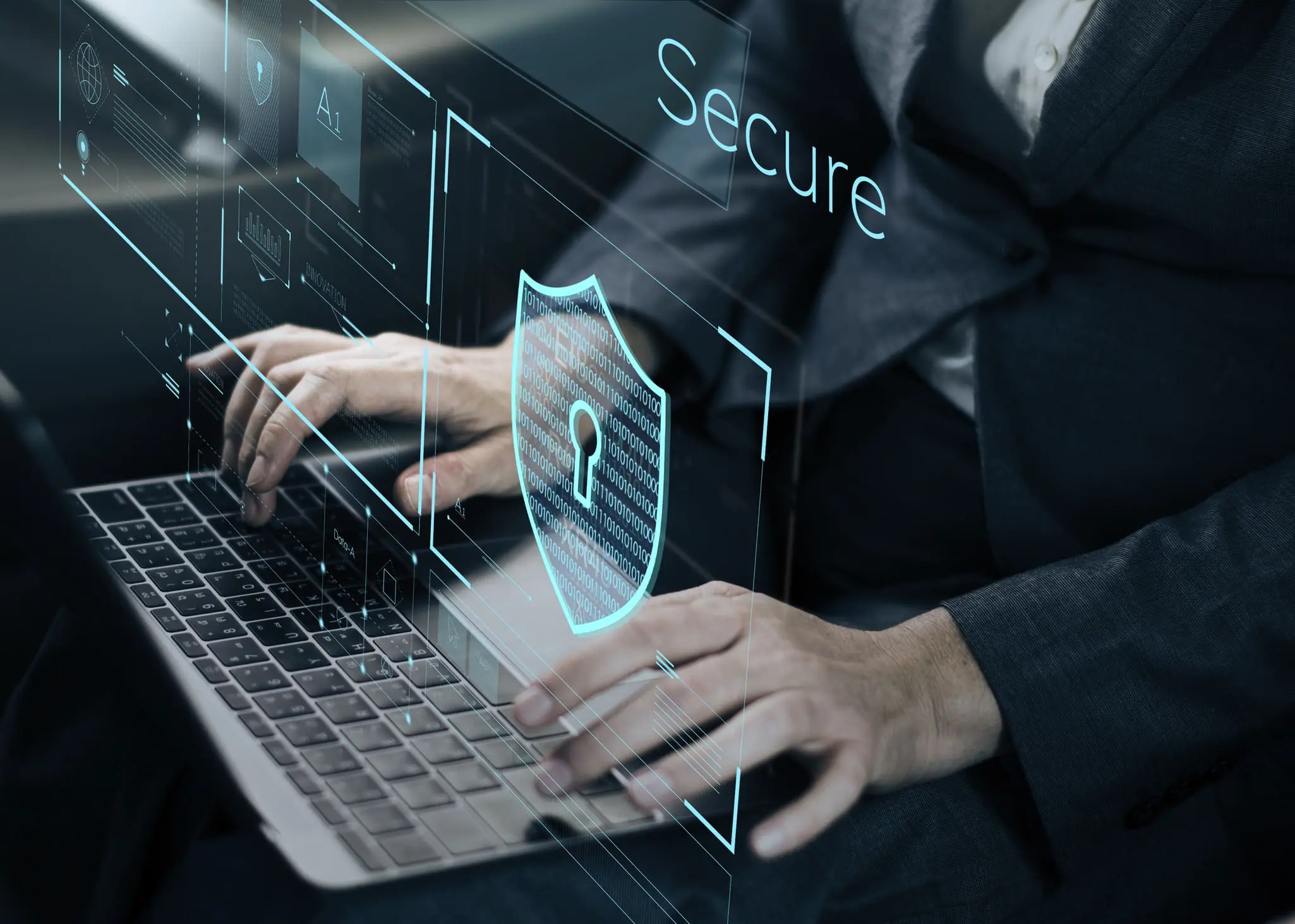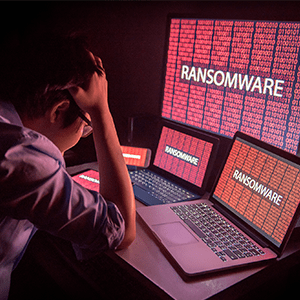There are various positive aspects to living in a time in which technology is more prevalent and accessible than ever, but there are also many shadows in the realm of the cyberspace.
This is why Erica Fissel’s goal is to illuminate the interpersonal victimization that occurs in cyberspace in hopes that her work will be used to help inform policy and help these victims.
Fissel, an assistant professor in the Department of Criminal Justice, doesn’t consider herself a particularly technology-savvy person but was fascinated with the way people behave online versus offline. From there, she began to look at what use or abuse of technology looks like in an intimate partner relationship. A member of UCF’s Violence Against Women faculty cluster, she focuses on the impact it has on women.
Although she didn’t intentionally seek to make women the focus of her research, Fissel says she quickly discovered that women are the most likely to experience such forms of interpersonal victimization. She also works with the Cybercrime Support Network to help serve those affected by the growing impacts of cybercrime.
“This area is so interesting to me because it’s so underdeveloped, and there are so many ways that people can use technology to abuse their partners that I would have never thought of,” she says.
Such technology can include smart-home systems like video doorbells, which can be used to track or monitor an intimate partner. Even reading a partner’s text messages without their permission can fall into the category of technology-based abuse under certain circumstances.
She adds that it’s important to realize that intimate partner cyber abuse is not illegal. There may be laws applicable to cyberstalking or cyber harassment, but intimate partner cyber abuse extends beyond those behaviors.
“Because of that, people don’t know what they’re experiencing is abusive or problematic,” Fissel says. “They don’t know that they should be able to get help for it. I want my work to be able to inform policies and laws. I want to help individuals experiencing these behaviors access helpful resources, realize that they’re experiencing problematic behavior and get out of those situations.”
In her Women and Crime course, Fissel often finds herself teaching survivors and others who have experienced intimate partner cyber abuse. She’s even had students realize through the class that they are either currently being victimized or have been in the past.
“It’s very heavy material for students, but what I try to do is have a very open dialogue and safe space within the class where people are able to share their ideas,” she says. “We can talk about these types of behaviors and experiences because they’re important to understand.”
Defining the Cyber Abuse Spectrum
Although statistics show that women are generally more likely to be victims of intimate partner violence, Fissel says she is seeing more parity between men and women engaging in cyber-based abuse.
One of the projects Fissel has been working on examines the normalization or societal acceptance of behaviors that could be considered cyber abuse. She and a team of researchers from other universities collaborated on the study, which was funded by a faculty enrichment grant from the University of Cincinnati’s Criminal Justice Research Center. They collected data from 1,500 adults currently in an intimate partner relationship and asked about their experiences with intimate partner cyber abuse, perpetration and victimization within the past six months.
“We did a pilot test, and 100% of people experienced intimate partner cyber abuse as we defined it in the past six months,” Fissel says. “We thought, ‘This is a much bigger problem than we thought or we’re measuring it wrong.’ We talked to people about it, and some of the behaviors that we were defining as abusive aren’t abusive in all contexts.”
For example, tracking a partner via GPS would be considered abusive if it was being done without consent. However, Fissel says, many participants later indicated they tracked each other’s locations for safety reasons.
“That’s one of the tricky things with intimate partner cyber abuse, because it’s totally relationship specific and dependent on whether the boundaries developed with your partner were agreed upon without coercion,” she says.
In addition to looking at intimate partner cyber abuse on the victimization side, Fissel also is working on it from the perpetration side. That entails trying to understand why people engage in such behaviors, which is vital to being able to prevent them from happening.
Fissel also is working on another study with Jackie Woerner, an assistant professor in UCF’s departments of sociology and psychology, that focuses on the perpetration side. The two surveyed 544 people and followed up with nearly 300 of them a month later to examine their intimate partner cyber abuse behaviors over time. Part of this research involved asking participants about the factors that motivate their behavior. Fissel says many cited personal insecurities such as lack of trust.
“There’s almost a range within intimate partner cyber abuse,” she says. “There are things like checking someone’s text messages without their permission, which I would say is probably on the lower end of the spectrum. Then you also have people who are opening bank accounts in your name and ruining your credit, or people who are sending you threatening text messages. We’re also trying to figure out where the line that society draws is, because that’s going to help with trying to determine laws, too.”
Fissel received her doctorate in criminal justice from the University of Cincinnati. Her primary research interests focus on various types of interpersonal victimization that take place online, including cyberstalking, intimate partner cyber abuse and cyberbullying. She joined UCF’s Department of Criminal Justice, part of the College of Community Innovation and Education, in 2019.


















